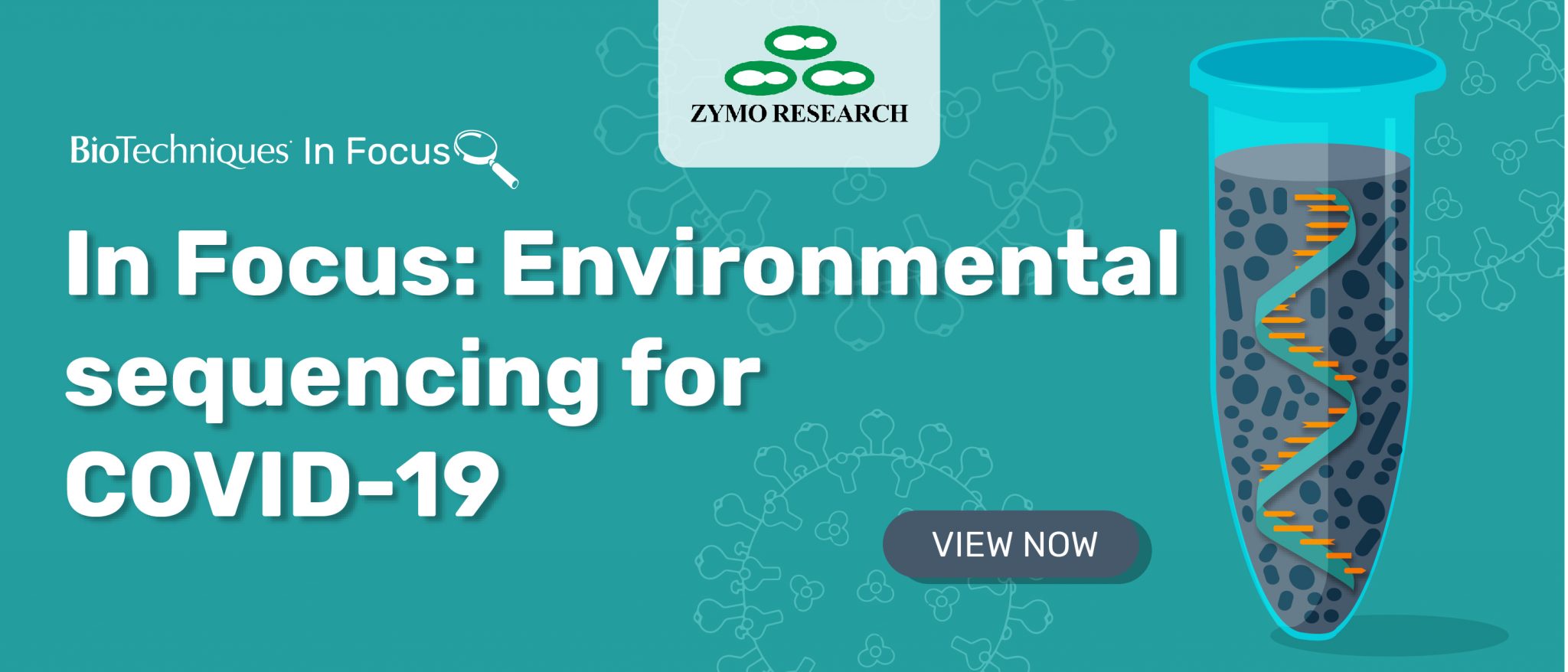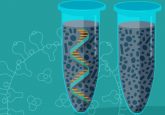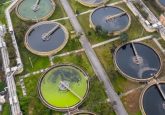Environmental sequencing for COVID-19

During the COVID-19 pandemic, sequencing has been used extensively to study the genome of the virus, trace the origins of infections and examine the alterations in novel variants. One particular application – less glamourous, but no less essential – has been playing a vital role in many countries’ pandemic responses.
Environmental sequencing – extracting RNA from different environmental samples, such as wastewater, and analyzing these samples for signs of the virus – has been essential for the macro approach to managing the pandemic. Using these techniques to identify regions that may be experiencing an outbreak, epidemiologists and authorities can use this information to take appropriate action and inform decisions on the severity of lockdown measures implemented. The value of these techniques for detecting novel variants of the virus are also beginning to emerge.
This In Focus will highlight the impact of environmental sequencing in the management COVID-19:
- The process of environmental sequencing and the key techniques involved
- Key updates to environmental sequencing techniques and protocols during the pandemic
- The challenges of dealing with complex samples like wastewater
- Case studies of the impact of environmental sequencing for COVID-19
- How wastewater surveillance can assist in the detection of novel SARS-CoV-2 variants



